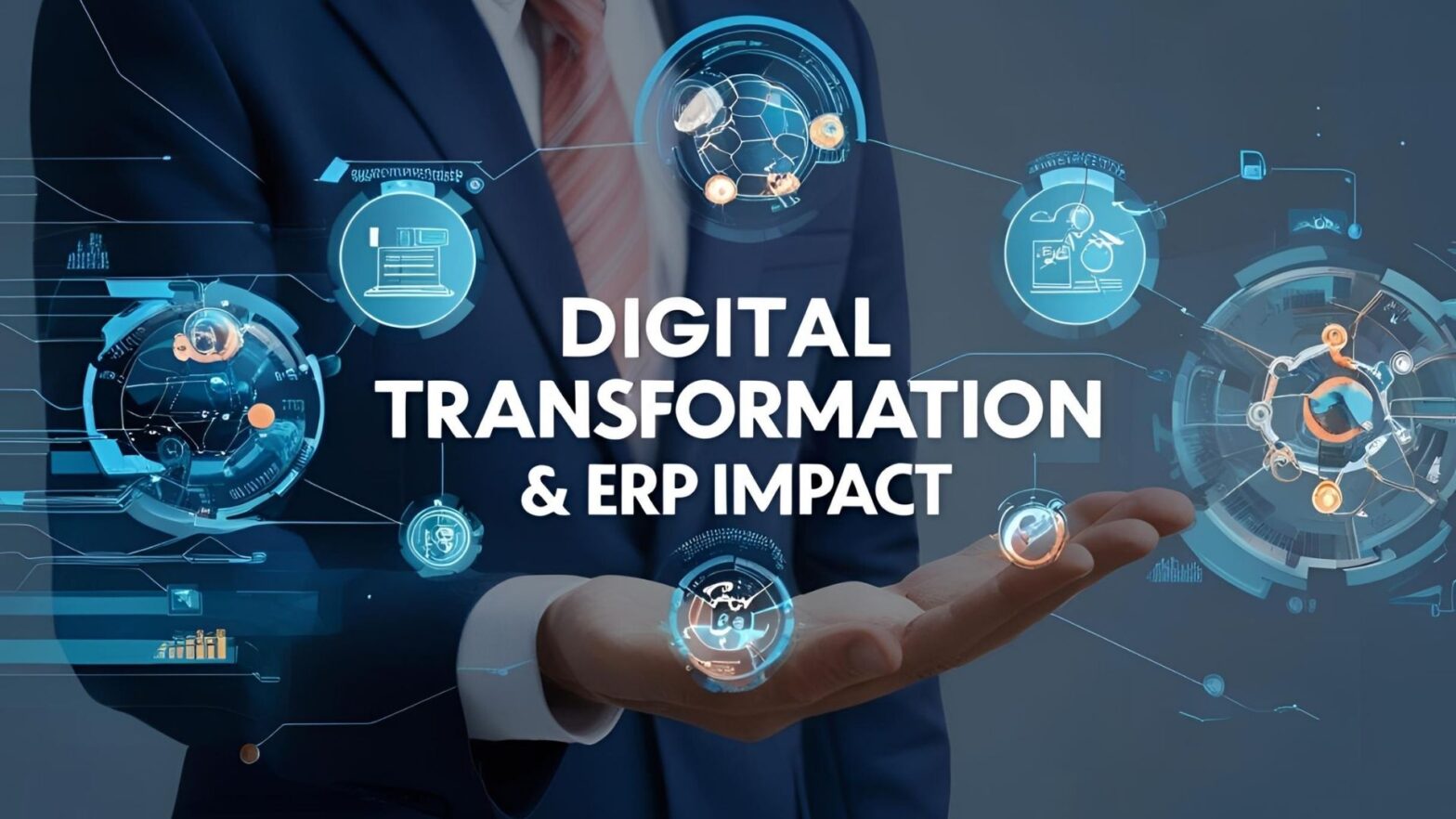In the building materials distribution industry, balancing spot buys (short-term purchases) and contracted supplier pricing (long-term agreements) is a critical component of a successful procurement strategy. This balance impacts costs, inventory levels, and supplier relationships. Distributors must understand when to rely on contracted pricing for steady supply and when to make spot buys for urgent or short-term needs.
In this blog, we’ll explore the pros and cons of spot buys and contracted pricing, and how ERP systems can help distributors manage both to maximize profitability, minimize risk, and ensure timely deliveries.
💡 WHAT ARE SPOT BUYS AND CONTRACTED SUPPLIER PRICING?
Spot buys are one-time or short-term purchases made to meet immediate material needs. These orders are typically not part of a long-term agreement and may involve purchasing from a supplier at market prices. Spot buys are typically used when:
There’s an unexpected surge in demand.
A specific project requires a unique material.
A supplier offers limited-time discounts.
Contracted supplier pricing refers to long-term agreements between distributors and suppliers, where the distributor agrees to purchase certain products over a specific period at agreed-upon prices. These contracts are typically set for a period of 6 months to 1 year or longer, ensuring stable pricing and reliable delivery.
📊 PROS AND CONS OF SPOT BUYS AND CONTRACTED PRICING
- Spot Buys
Pros:
Flexibility: Spot buys offer flexibility for distributors to source materials when needed without being locked into long-term contracts.
Urgency: Useful for meeting immediate or unexpected material needs that are outside the scope of regular supply agreements.
Opportunistic Pricing: Spot buys can take advantage of market fluctuations or special promotions from suppliers.
Cons:
Higher Costs: Spot buys often come at higher prices due to market volatility or lack of volume discounts.
Inconsistent Supply: Relying on spot buys can lead to inconsistent product availability, which may disrupt project timelines.
Logistical Challenges: Spot buys can lead to shortages or delivery delays if the supplier doesn’t have stock readily available.
- Contracted Supplier Pricing
Pros:
Stability: Contracted pricing offers price certainty for the duration of the agreement, helping distributors budget and forecast more effectively.
Volume Discounts: By committing to larger or longer-term purchases, distributors often receive discounted prices, which helps to reduce costs.
Reliability: Long-term contracts often come with more consistent supply and better delivery reliability from suppliers.
Cons:
Inflexibility: Committing to a supplier over a long period may limit the distributor’s ability to explore better deals or react to market changes.
Stock Overhang: If demand for certain products decreases or project cancellations occur, distributors may be stuck with excess inventory.
Supply Chain Lock-in: Long-term contracts may tie distributors to a specific supplier, limiting flexibility if the supplier’s performance declines.
🛠️ HOW ERP CAN HELP BALANCE SPOT BUYS AND CONTRACTED PRICING
- Tracking Market Prices and Supplier Performance
An ERP system enables distributors to monitor spot buy opportunities and market prices in real time, helping them decide when to purchase at market rates versus relying on contract prices.
ERP Tip: Track historical price trends and supplier performance in your ERP system to identify patterns and optimize purchasing decisions for spot buys.
- Managing Inventory and Forecasting Demand
By integrating forecasting tools into the ERP system, distributors can predict material needs for upcoming projects and optimize their procurement strategy, balancing spot buys with contracted supplier pricing.
ERP Tip: Use ERP to generate demand forecasts and set reorder points, helping you determine when to replenish stock via long-term contracts or spot buys.
- Supplier Relationship Management
An ERP system helps manage long-term supplier agreements, ensuring that the terms and conditions are adhered to, while also providing a platform for managing spot buy purchases.
ERP Tip: Use your ERP system to evaluate contract terms, discounts, and supplier performance so that you can adjust your strategy for spot buys and contracted pricing accordingly.
- Purchase Order Management and Automation
ERP systems automate the process of creating and managing purchase orders, helping you quickly react to immediate needs with spot buys while ensuring that long-term contracts are properly fulfilled.
ERP Tip: Automate purchase order generation for spot buys and contracted materials in your ERP system to save time and reduce errors.
📈 METRICS TO TRACK FOR SPOT BUYS AND CONTRACTED PRICING SUCCESS
Price Variability: Track the price difference between spot buys and contracted pricing to assess the cost impact of using spot buys for certain materials.
On-Time Delivery Rate: Measure the accuracy of delivery times for both spot buys and contracted orders to ensure that supply reliability is maintained.
Inventory Turnover: Monitor how quickly materials purchased via spot buys or contracts are used, ensuring that inventory levels remain optimal and waste is minimized.
Supplier Performance: Use ERP to track supplier delivery accuracy and product quality for both spot buys and contracted suppliers, helping you evaluate supplier reliability.
🏁 FINAL THOUGHTS
Balancing spot buys and contracted supplier pricing is essential for building materials distributors who need to meet fluctuating demand while keeping costs under control. By leveraging an ERP system to monitor market prices, optimize purchasing decisions, and track supplier performance, distributors can ensure they are maximizing the benefits of both strategies.
📞 Ready to optimize your procurement strategy with an ERP system? Let’s make your purchasing process more efficient and cost-effective.


